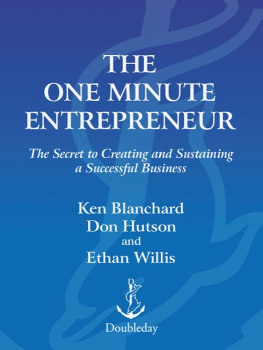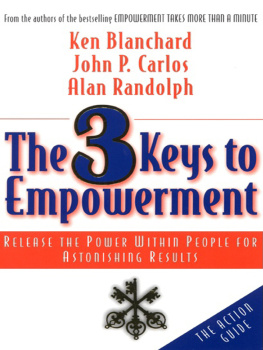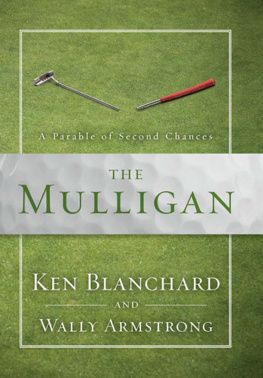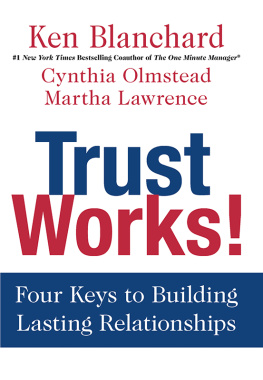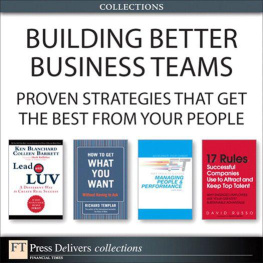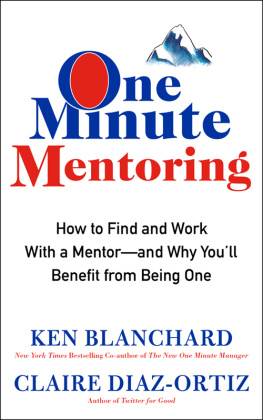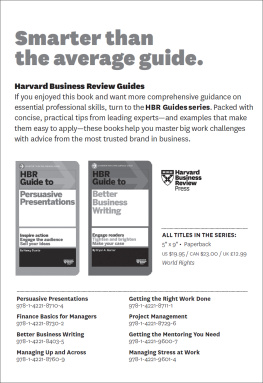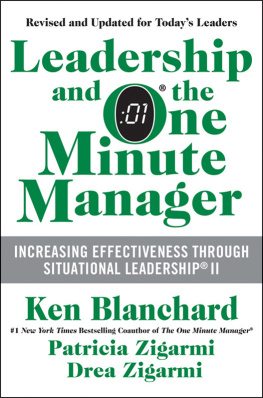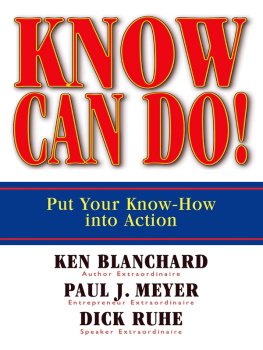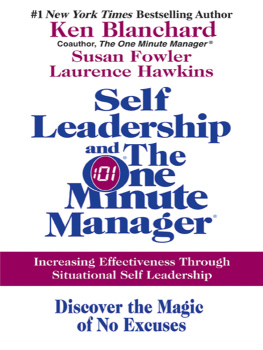Thorsons
An imprint of HarperCollinsPublishers
1 London Bridge Street
London SE1 9GF
www.harpercollins.co.uk
First published by Thorsons 2018
FIRST EDITION
Polvera Publishing, Susan Fowler and Laurie Hawkins 2005, 2018
Cover design HarperCollinsPublishers Ltd 2018
Grateful acknowledgement is made to Bristol Park Books for permission to reprint The Business Card Trick from The Mammoth Book of Fun and Games by Richard B. Manchester 1976 by Hart Publishing Company, Inc.
A catalogue record of this book is available from the British Library
Polvera Publishing, Susan Fowler and Laurie Hawkins assert the moral right to be identified as the authors of this work
All rights reserved under International and Pan-American Copyright Conventions. By payment of the required fees, you have been granted the nonexclusive, non-transferable right to access and read the text of this e-book on screen. No part of this text may be reproduced, transmitted, downloaded, decompiled, reverse engineered, or stored in or introduced into any information storage retrieval system, in any form or by any means, whether electronic or mechanical, now known or hereinafter invented, without the express written permission of HarperCollins e-books.
Find out about HarperCollins and the environment at
www.harpercollins.co.uk/green
Source ISBN: 9780008263669
Ebook Edition February 2018 ISBN: 9780008263676
Version: 2017-11-27
To my mother, Dorothy Blanchard, who taught me how to take control of my own life before someone else did.
KEN BLANCHARD
To my wonderful parents, Phyllis and Dick, who helped me realize the magic of self leadership by encouraging my curiosity, independence, and love of learning.
SUSAN FOWLER
To my three daughters, Genevieve, Ashley, and Juliet, with the fondest hope that they may be beneficiaries of these self leadership concepts and tools and immerse themselves in the good life.
LAURENCE HAWKINS
Contents

Today its imperative that people become self leadersindividuals capable of setting priorities, taking initiative, and solving problems independently.
In the old days, command-and-control managers often made all the decisions and told people what, when, and how to do things. We now know that this management style can erode a healthy sense of autonomy and dampen peoples initiative, creativity, and sense of well-being.
The nature of 21st-century work requires a more collaborative working environment. Advances in technology are decentralizing the workplace. For example, more people are working virtually and using cloud-based tools to move projects forward. Things are changing so rapidly that direct reports often know more about their work than their managers do.
In todays collaborative, decentralized workplace, its essential that individuals become proactive contributors rather than reactive order-takers. For things like sales campaigns and customer service initiatives to succeed, they must be supported by people skilled in proactive self leadership.
First published in 2005, Self Leadership and the One Minute Manager introduced a proven path to empowerment in the guise of a fun-to-read parable. In the increasingly fast-paced world of work, this updated edition is more relevant than ever.
If you are an individual contributor, this book will show you how to be proactive about getting the help you need in order to succeed. If you are a manager or executive, this book will teach you the fundamentals about developing self leaders.
Our research shows that when individual contributors and managers align around self leadership, both become more engaged and produce better results. As a result, customers are happier and organizations become more profitable. In fact, a culture of self leadership is the hallmark of great organizations. In these companies, leadership is happening everywhere, not just in the C suite.
So enjoy this story. As youll soon discover, self leadership is not a rare ability reserved only for the supermotivated and highly gifted people of the world. It is a mindset and skillset that can be learnedand taught.

Steve cleared his throat and looked around the conference room table. Welcome, everyone.
After months of preparation, this was the moment he had been working so hard forhis first ad campaign presentation. And he was more than a little nervous. The ten men and two women sitting before him were his clients, and they would decide if his campaign was acceptable for the upcoming year.
Steve distributed spiral-bound copies of the campaign proposal to the eleven vice presidents and then handed one to Roger, the president of United Bank.
Id like to begin by reviewing our budget. Steve directed their attention to the projector screen, where he presented the budget amounts allocated to design, production, and media buys. He discussed his media recommendations and the rationale behind each one. Next, he explained the underlying thinking that had gone into the creative part of the campaign.
Any questions? Steve asked.
Around the table, people shook their heads. Steve sensed they were just waiting to see what the campaign was going to look and sound like. All right, let me move on to the creative approach were recommending.
Directing the presentation from his laptop onto the projector screen, Steve revealed storyboards for the proposed television commercials. Next, he showed preliminary print ads and direct mailers. Finally, he read the radio ad scripts out loud.
When his presentation came to an end, Steve took a deep breath and waited to hear what they thought.
At first, no one spoke. The silence stretched uncomfortably.
Finally, one of the VPs said, You took a much lighter approach than I thought you would, but maybe thats goodit projects a friendly bank.
Another VP spoke up: Youve obviously put a lot of time and effort into this campaign.
After another awkward silence, all heads turned to Roger, the banks president.
This is garbage, Roger said.
Stunned, Steve went blank. He simply didnt know how to respond. He nodded his head as though he were trying to shake out a thought. I guess weve missed the mark, Steve finally managed. Ill go back and talk to the creative team. Ill be back in touch next week.
Steve didnt remember how he got to his car. He found himself drivingbut not back to the agency. There was no way he could face his team. Thank heaven his boss, Rhonda, was out of town. He needed to find a place where he could be alone and think. He also needed a good cup of coffee. Driving through an unfamiliar neighborhood, he happened upon a place called Caylas Caf. He went in hoping to find relief.
He gazed around the bookstore caf with its solid wood tables and matching heavy wood chairs. It was a very different place than the high-tech chrome and high energy of the ad agency. He found solace in the cavelike coolness, and was warmed by the smell of coffee.
What had gone wrong? How did things get so far off track?
Steve ordered a mocha and let the warmth of the mug seep into his palms. After this latest fiasco, he was sure to be fired. As he thought about it, he was surprised he had gotten this far.
Five years before, Steve had felt as though hed won the lottery. Rhonda, cofounder of the Creative Advertising Agency, had hired him straight out of college with a degree in marketing. Hed taken an entry-level position and quickly worked his way to lead production manager in charge of several large accounts. Last year hed served as coproducer of the industrys awards program for outstanding ad campaigns.


